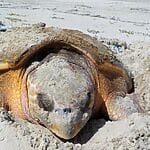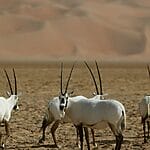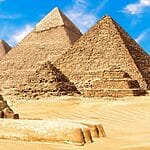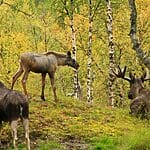10 Interesting Animals in Cuba – You May Not Know
Wondering about the interesting animals in Cuba? Cuba is an island in the Caribbean Sea. It has a rich biodiversity, which is worth exploring. This island is home to a wide variety of interesting animals in Cuba.
The extensive range of natural habitats found in Cuba island includes elevating mountainous regions, dense forests, the sea and interesting animals in Cuba.
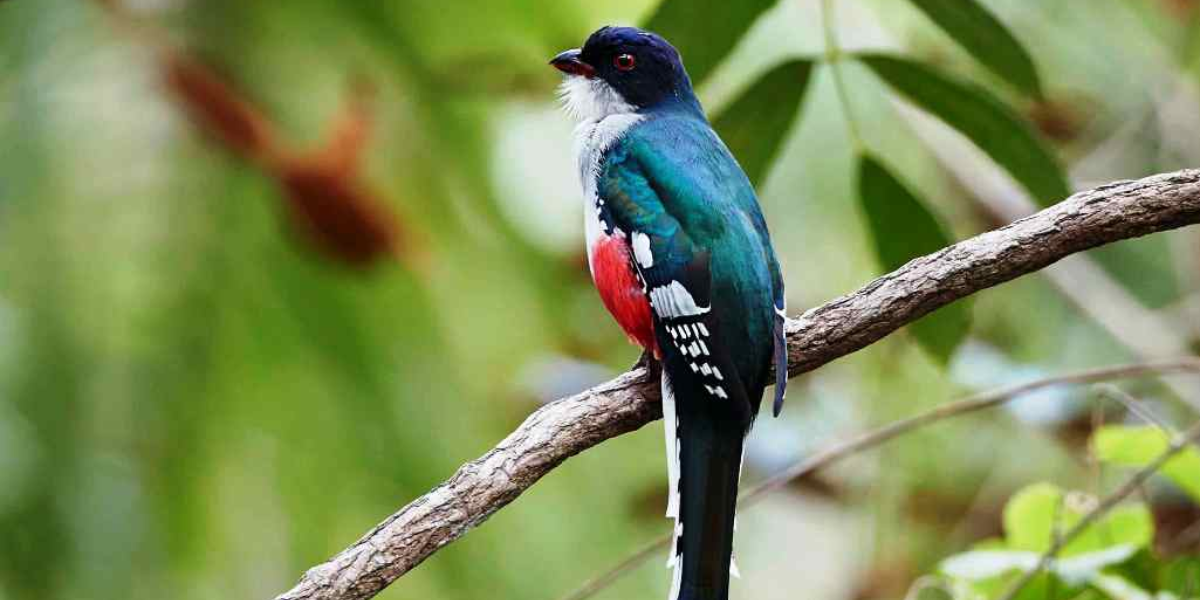
More than 20% of the island is secured under strict policies, and this is the best way to protect endangered interesting animals in Cuba from extinction.
The wildlife of this island has many rare and interesting animals in Cuba. Cuba’s unique wildlife is an impressive tourist attraction for all, as the wild animals found here are hard to see anywhere else.
We have gathered 12 interesting animals in Cuba for you in this blog so you don’t miss exploring them whenever you visit Cuba.
10 Interesting Animals in Cuba – (With Pictures)
Cuban Tree Boa – Non- Venomous Snake
The Cuban Boa, also known as the Cuban Tree Boa, is one of the interesting animals in Cuba, who are non-venomous snake species found primarily in Cuba. These Boas are endemic animals and inhabit various natural habitats, including forests, swamps, and grasslands.
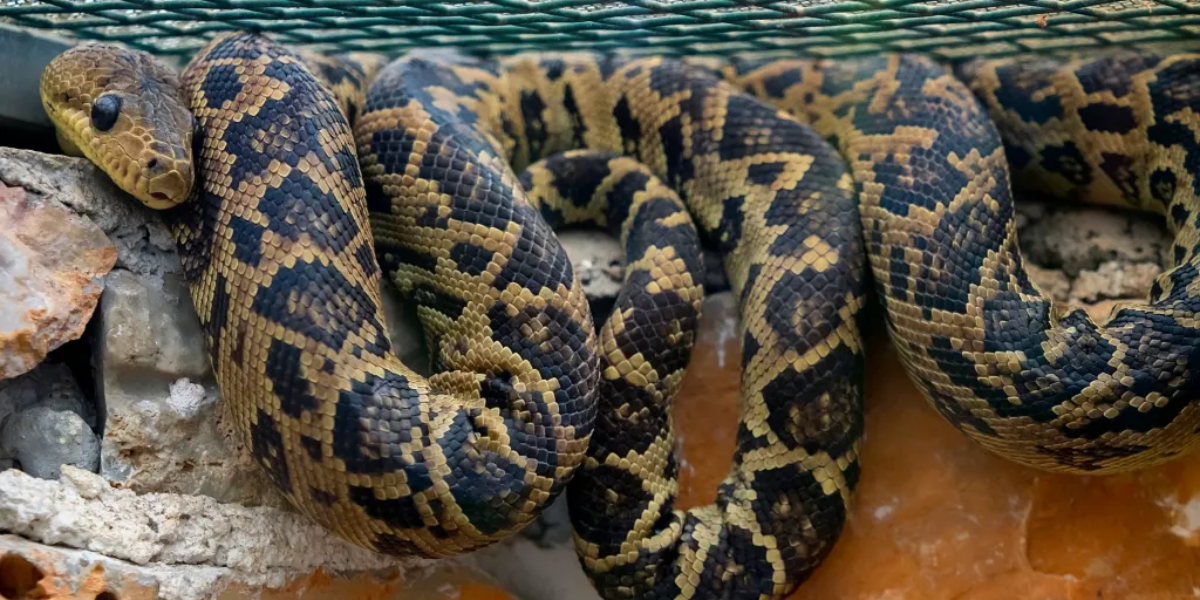
The Boas have a pattern of brown or grayish scales on their body, often featuring darker markings that help them camouflage among the trees.
These snakes primarily consume small mammals, birds, and lizards. They are known for their ability to ambush their prey by striking swiftly from their hiding spots in the trees.
One interesting fact about these snakes is these snakes are non-venomous. On the IUCN Red List, the Cuban Boa is listed as a species of “Least Concern.”
Cuban Solenodon – Cuban Rodent
The Cuban Solenodons are rare and native animals of Cuba. They inhabit diverse habitats, such as forests, grasslands, and shrublands, where they can burrow and seek shelter.
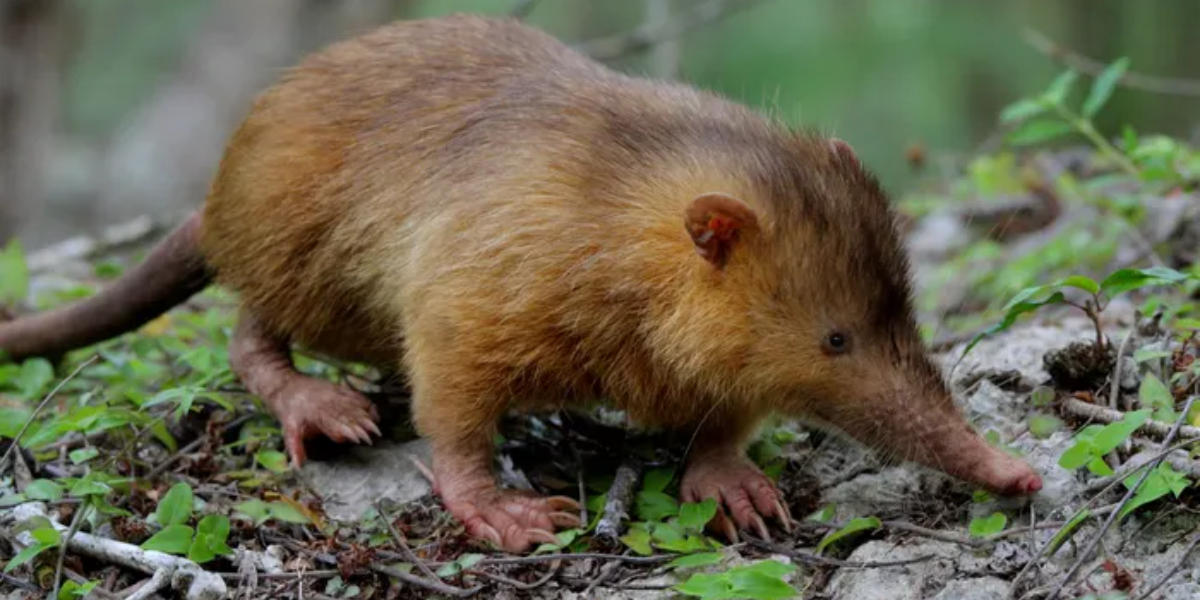
Cuban Solenodons have a distinctive appearance, characterized by a long snout, sharp teeth, and coarse fur that varies in color from reddish-brown to dark brown. They have a stocky build and can reach up to 11 inches in length.
Cuban Solenodons are primarily insectivorous, meaning they predominantly feed on insects, such as crickets, beetles, and larvae. One of the interesting fact about these solenodons is they use their long snouts and keen sense of smell to locate and capture their prey. Sadly, this animal species is listed as critically endangered on the IUCN Red List.
Cuban Hutia
The Cuban Hutia is a unique mammal found primarily in Cuba and the surrounding islands, making them an endemic species. These curious creatures inhabit various natural habitats, such as forests, coastal areas, and grasslands.
The Cuban Hutia has a distinctive appearance, featuring a stout body covered in dense fur, round eyes, and long whiskers. They are mostly dark brown or gray, and some individuals may have a lighter underbelly.
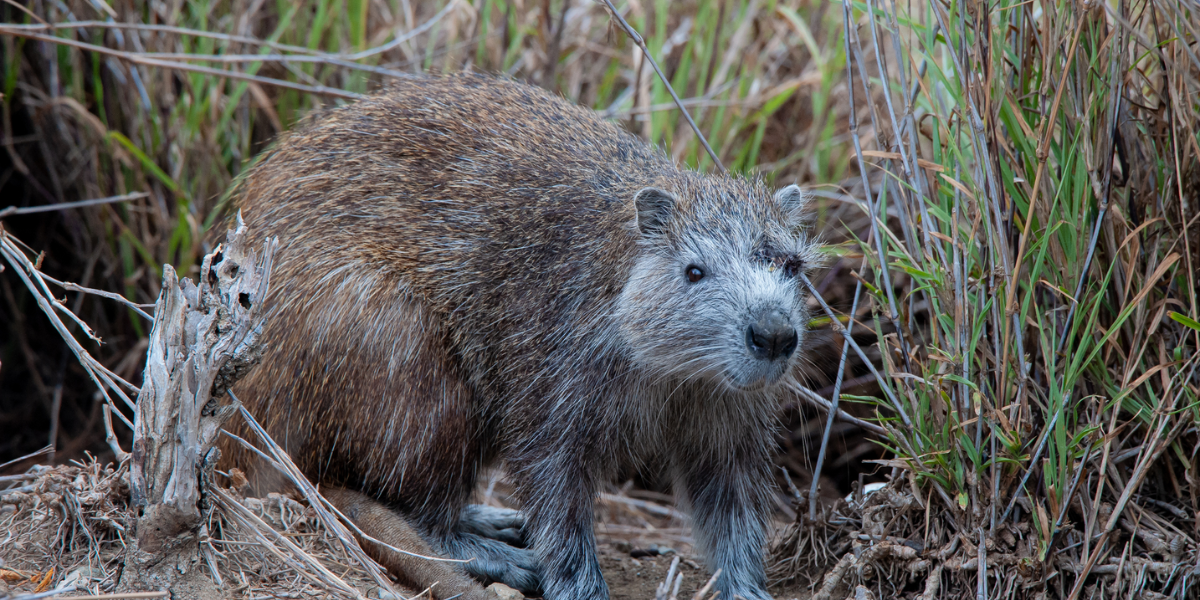
Cuban Hutias are herbivores, and their diet consists of fruits, leaves, roots, and other vegetation. One interesting fact about the Cuban Hutia is that they are excellent climbers and swimmers, allowing them to navigate their diverse habitats with ease.
Unfortunately, their population is declining due to habitat destruction and hunting, leading to their current conservation status as “Endangered” on the IUCN Red List.
Cuban Tree Frog – Native Cuban Frog
The scientific name of the Cuban tree frog Osteopilus septentrionalis. It is a small amphibian, and endemic animals of United States (Florida), the Bahamas, and Cuba. These Cuban animals are primarily arboreal, means they prefer to live in trees and shrubs.
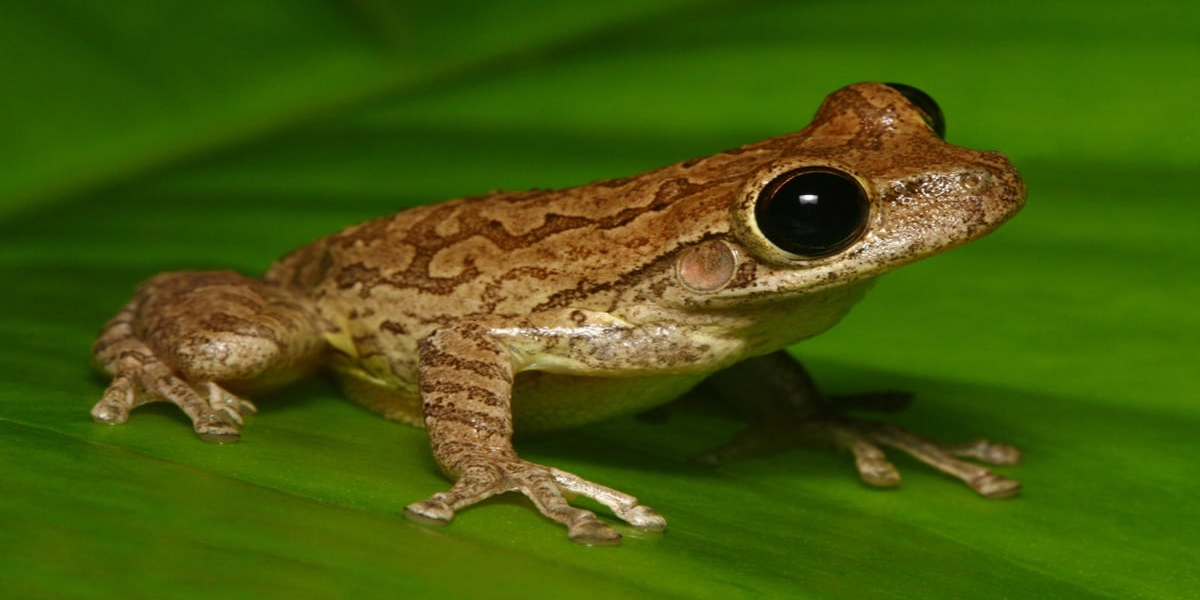
Their skin color ranges from different shades of green or brown with darker markings. They have large, sticky toe pads that help them climb and cling to surfaces.
Cuban tree frogs are insectivorous, meaning they primarily feed on insects like moths, beetles, and spiders. They are known to be opportunistic feeders and may consume smaller frogs as well.
One interesting fact about these frogs is they are nocturnal in nature, mean they active at night, and rest in the daytime. According to the IUCN Red List, the conservation status of the Cuban tree frog is categorized as “Least Concern.”
Cuban Crocodile – Most Dangerous Cuban Reptile
The scientific name of the Cuban Crocodile is Crocodylus rhombifer. Itis a reptile species found mainly in Cuba, making it an endemic animal to this Caribbean island.
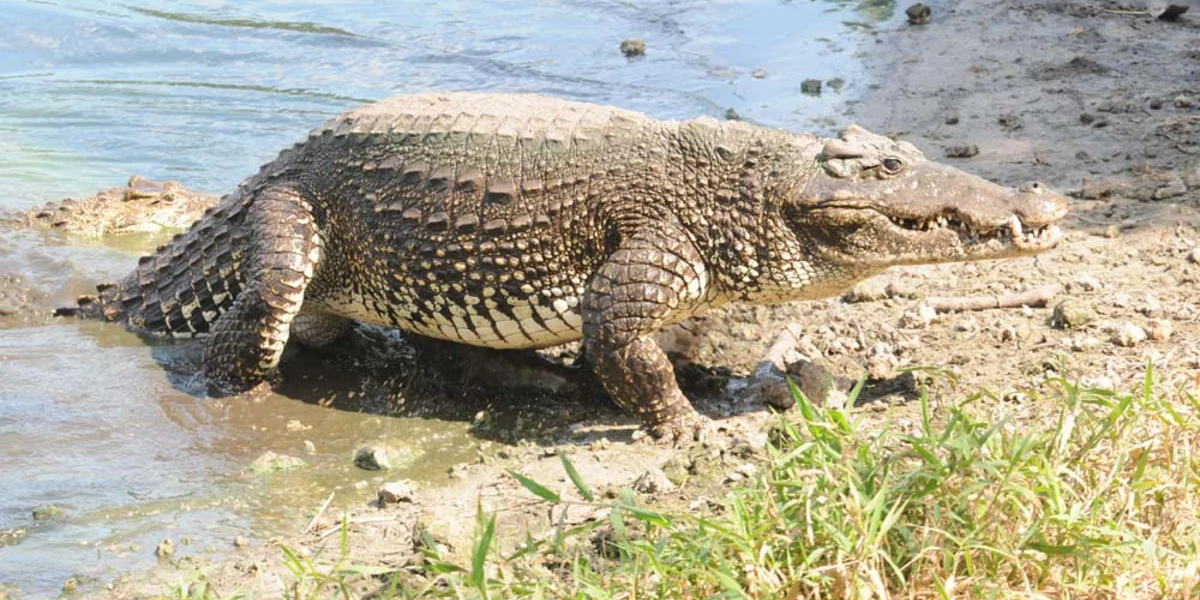
These crocodiles also inhabit some areas of the nearby Bahamas and the Cayman Islands. They prefer freshwater environments, such as swamps, rivers, and lakes, and can occasionally be found in coastal brackish waters.
These wild animals have dark olive-green skin color, a V-shaped snout, and bony ridges on their back. They are relatively small compared to other crocodile species, measuring around 2 to 3 meters in length.
Their diet primarily consists of fish, crustaceans, small mammals, and birds. Despite being predators, they occasionally scavenge on carrion.
An interesting fact about the Cuban Crocodile is their ability to communicate with each other through various vocalizations, including hissing, growling, and bellowing, which helps maintain social interactions.
As for their conservation status, the Cuban Crocodile is considered critically endangered according to the IUCN Red List.
Cuban Rock Iguana – Native Cuban Reptiles
The Cuban Ground Iguana, also known as the Cuban Rock Iguana, is a fascinating reptile found in Cuba and the Bahamas. They are endemic to Cuba.
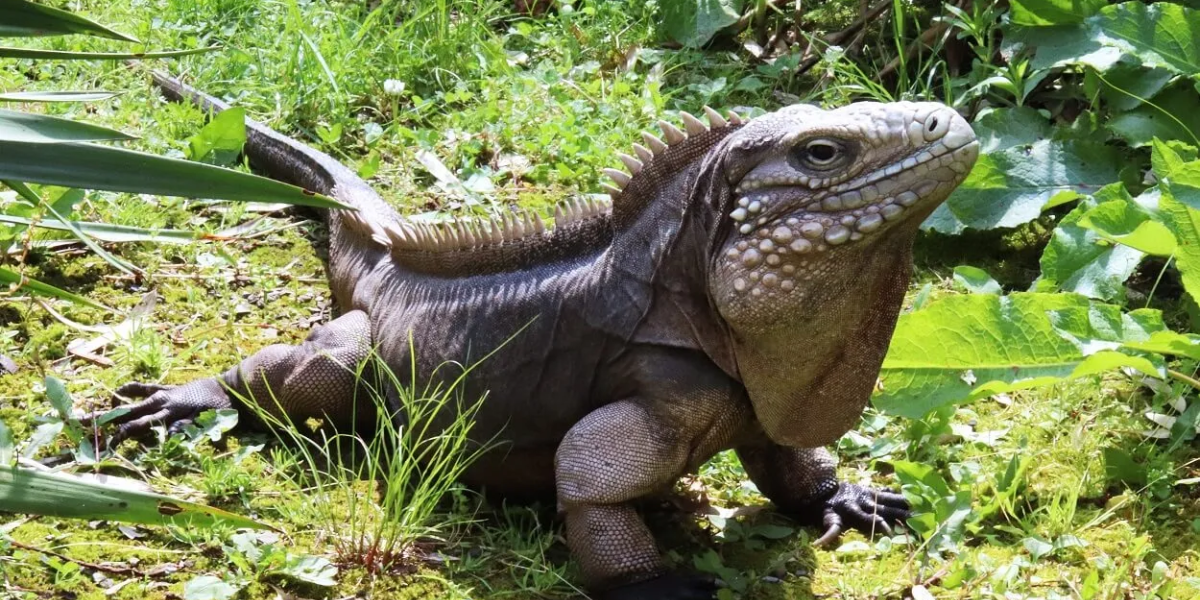
These iguanas inhabit various habitats, such as rocky terrains, coastal areas, and dry forests. They have strong body with spiny crests along their back and a dewlap under their chin.
These wild reptiles display vibrant colors, including shades of green, brown, and gray. The iguanas are herbivorous reptiles mainly consume fruits, leaves, flowers, and some insects.
One interesting fact about them is that they are excellent swimmers, enabling them to cross bodies of water in search of food and suitable nesting sites.
Unfortunately, the Cuban Ground Iguana faces conservation concerns due to habitat loss, introduced predators, and illegal trade.
As per the IUCN Red List, they are classified as “Endangered Animals.” +
Bee Hummingbird – Native Cuban Bird
The Bee Hummingbird, one of the tiniest bird species in the world, can be found in Cuba only. These delicate birds inhabit various natural habitats, including forests, woodlands, and gardens.
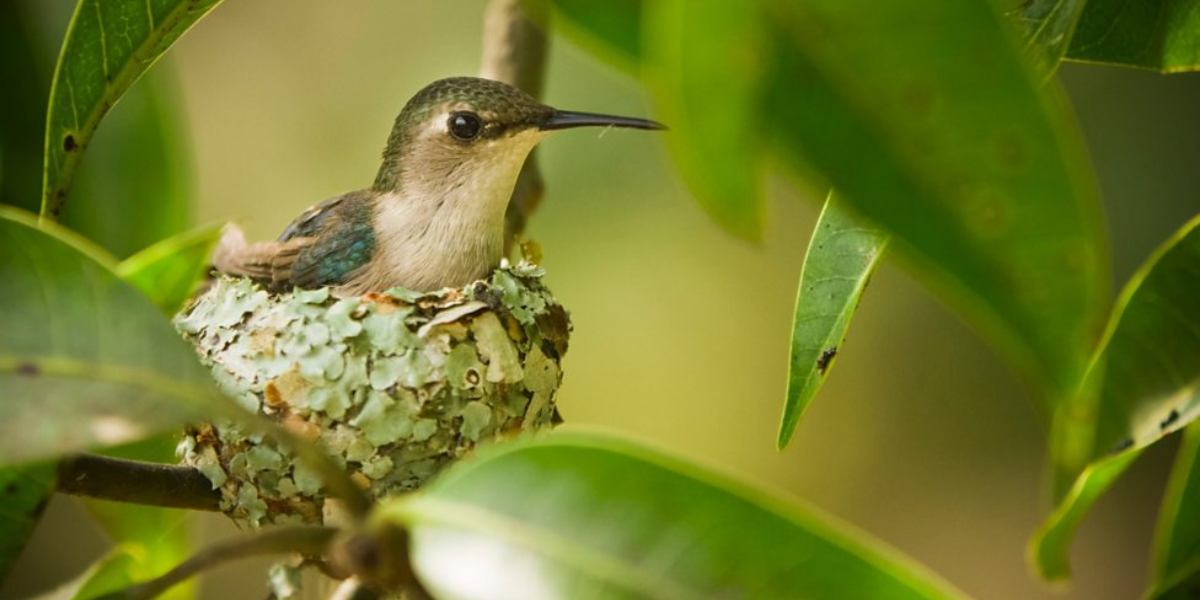
Bee Hummingbirds have beautiful vibrant colors, with males showcasing iridescent feathers on their heads and throats, displaying shades of fiery red and blue.
These small birds primarily feed on nectar from brightly colored flowers, using their specialized long bills to reach deep into the blooms. They also consume tiny insects and spiders to supplement their diet with protein.
One interesting fact about these hummingbirds is they have more subdued colors, with green and white plumage. The IUCN Red List marked these hummingbirds as “Least Concern.”
Cuban Tody
The Cuban Tody is a small, colorful bird found primarily in Cuba, making it an endemic species to the island. These tiny birds can also be spotted in interesting animal areas like the Bahamas and the Cayman Islands. Their natural habitats include forests, woodlands, and gardens.
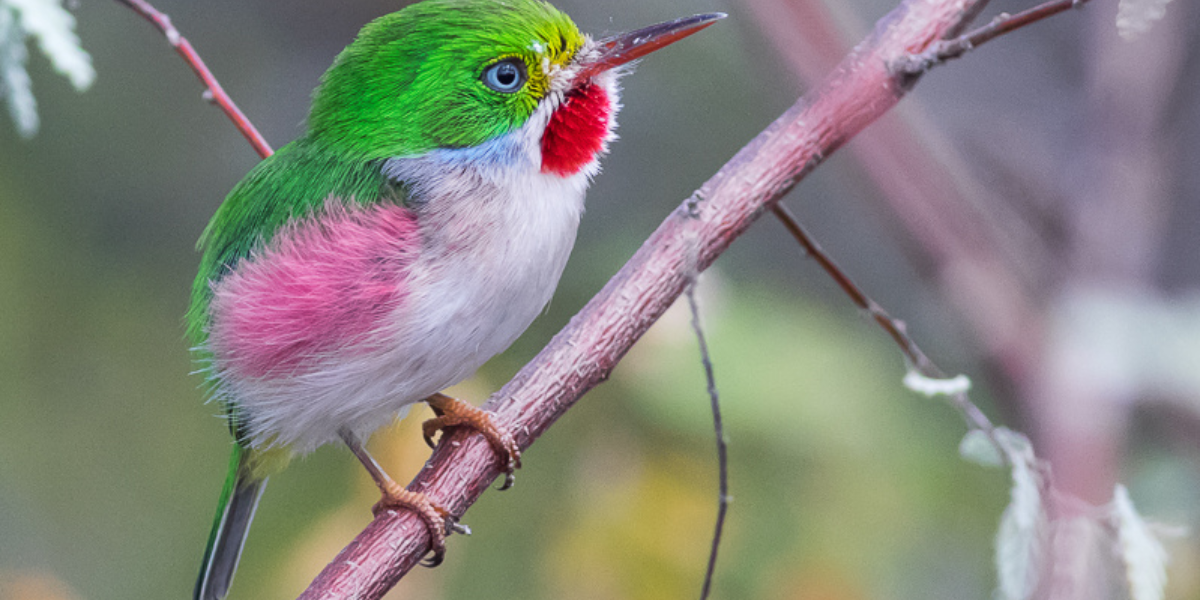
Cuban Todies have striking appearances with vibrant green plumage on their upper parts, red throats, and white bellies. Their diet mainly consists of insects, such as flies, bees, and caterpillars, which they catch by hovering and darting quickly through the air.
One interesting about these small bird’s species is that the males has a black bands across their eyes, which makes easy to differentiate between males and females.
According to the IUCN Red List, the conservation status of the Cuban Tody is of “least concern.” It means that their population is protected, and far from extinction.
Cuban Parakeet
The, scientific name of Cuban Parakeet is Aratinga euops. It is a colorful and vibrant bird species that are endemic to Cuba. They inhabit various natural habitats throughout Cuba, such as forests, woodlands, savannas, and agricultural areas.
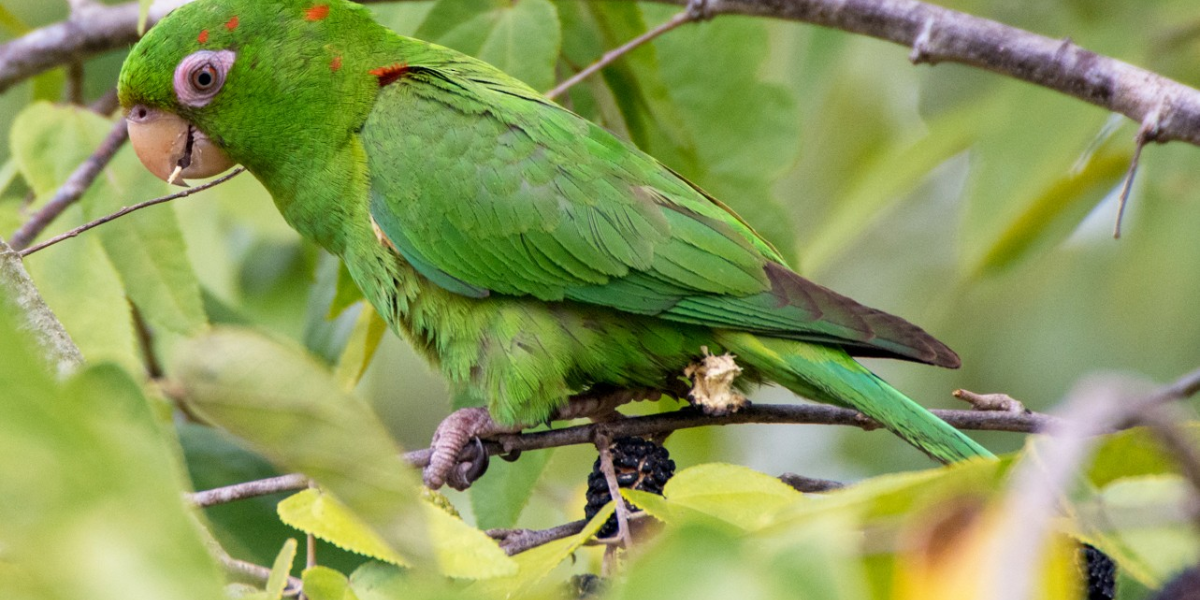
The Cuban Parakeets have bright green plumage and features a red patch on the wings. They are small size birds, having a slender shaped body. These parakeets are around 30 centimeters (12 inches) in length. In their natural environment, these Parakeets primarily feed on a diet of fruits, seeds, nuts, and various plant materials.
One of the interesting facts about parakeet is they stay, and fly in flocks. These birds communicate with loud, and screeching calls. The IUCN Red List of Threatened Species, counted Parakeet species as “Near Threatened.”
Native Sea Animal Of Cuba
West Indian Manatee
The West Indian Manatee, also known as the American Manatee, found in various countries, including the United States, Mexico, the Caribbean islands, and some parts of Central and South America.
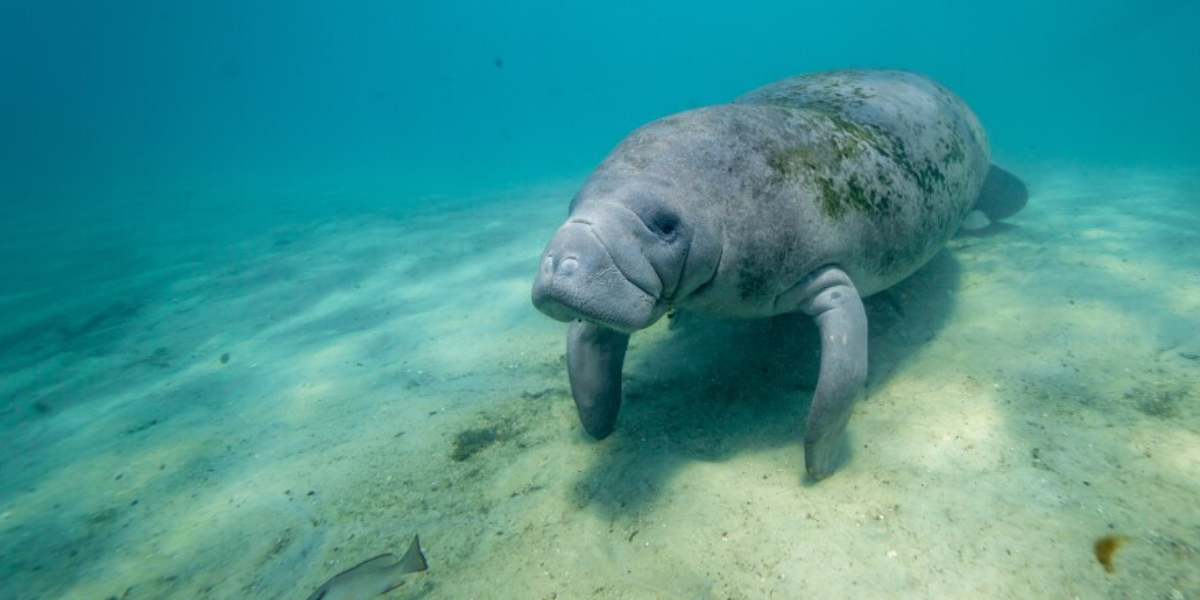
These sea animals are endemic to the regions of Florida, the Caribbean Sea, and the Gulf of Mexico. They live in warm, shallow waters like coastal areas, rivers, and estuaries.
West Indian Manatees have large, plump bodies covered in wrinkled, grayish-brown skin. They have paddle-like flippers and a rounded, spoon-shaped tail that helps them swim gracefully.
Their diet mainly consists of aquatic plants such as seagrasses, water hyacinths, and algae. They are herbivorous, meaning they are plant-eating animals.
One interesting fact about the West Indian Manatee is that they are skilled swimmers, capable of moving in saltwater and freshwater habitats. According to the IUCN Red List, the West Indian Manatee is listed as a “Vulnerable Species.”
National Bird of Cuba
Cuban Trogons
Cuba’s national bird is Cuban Trogon which makes it an endemic species found exclusively on cuba island. It has striking red, white, and blue plumage.
These lovely birds thrive in various habitats, from dense forests to lush woodlands, where they nest in tree hollows. Their diet consists of fruits, insects, and small reptiles, keeping the ecosystem balanced.
Frequently Asked Questions
What is the unique animal of Cuba?
The Cuban crocodile is a unique animal found in Cuba. It is a critically endangered species.
How many mammals are in Cuba?
Cuba is home to approximately 59 native species, and 35 existing species of mammals.
What are the most dangerous animals in Cuba?
The most dangerous animals in Cuba include the Cuban crocodile, scorpions, venomous snakes like the Cuban boa and the venomous hutia.
What are Cuba’s native animals?
Cuba’s native animals include the Cuban crocodile, Cuban solenodon, Cuban hutia, Cuban tody, and the Cuban parakeets.

